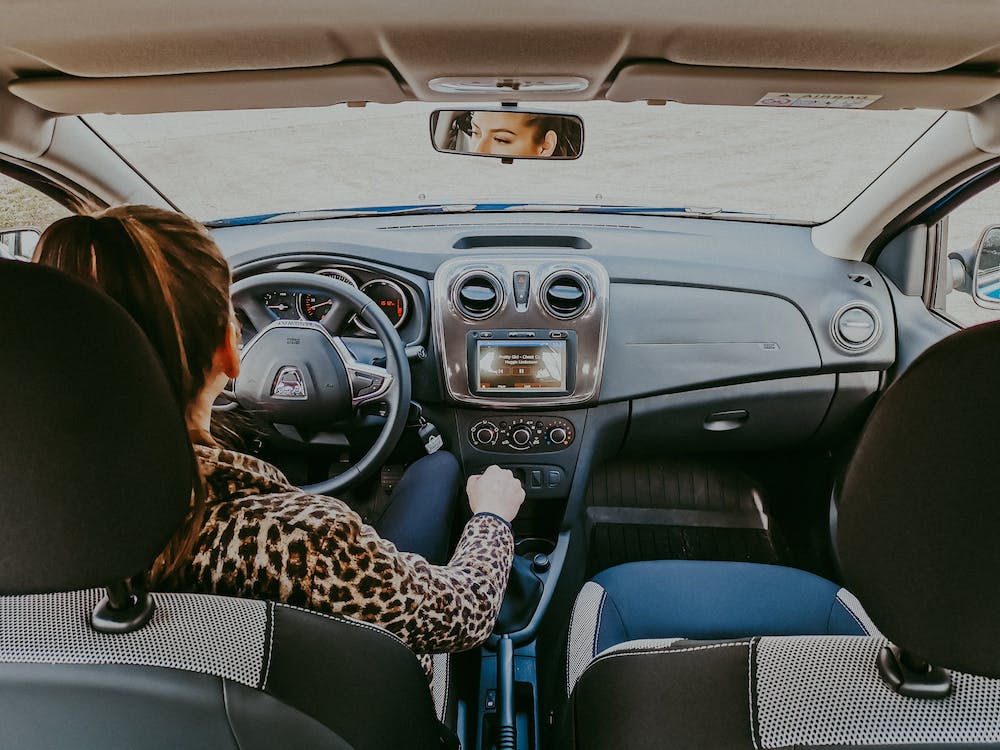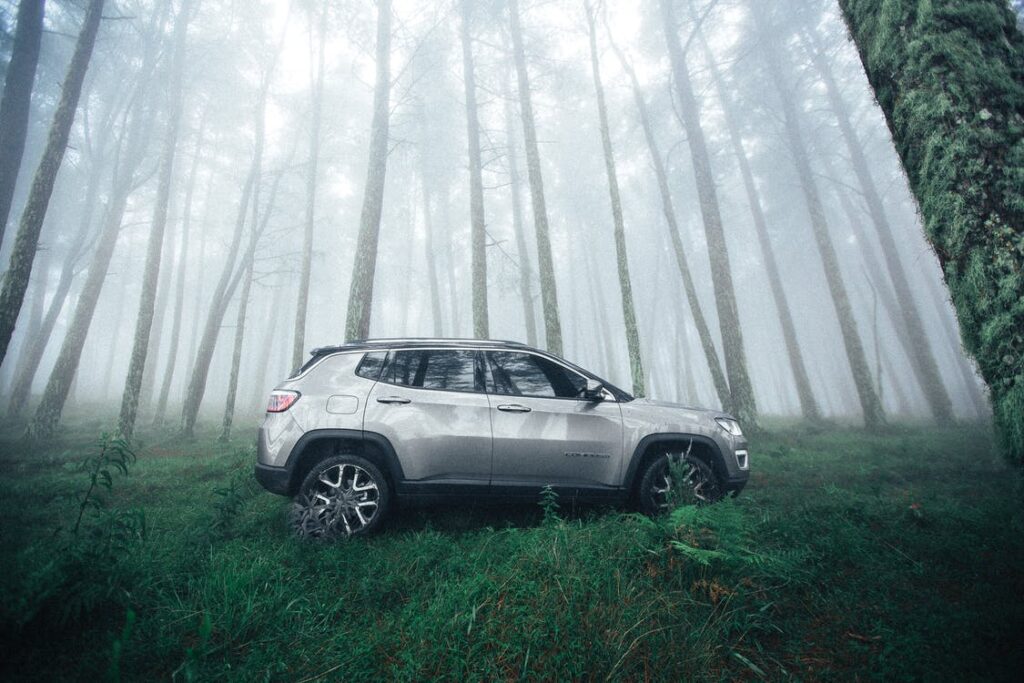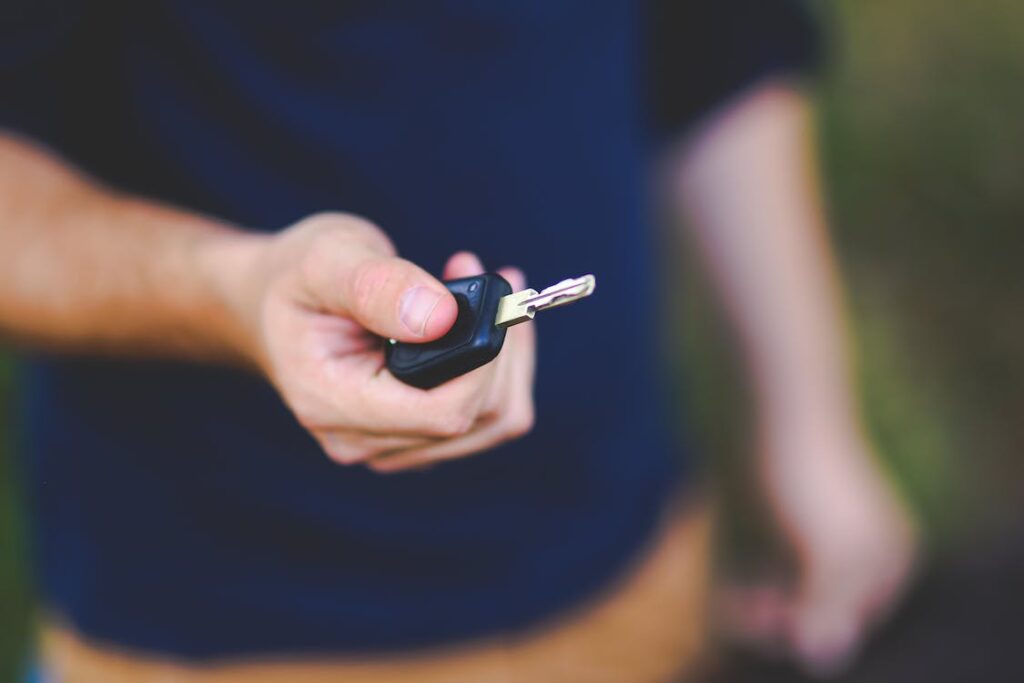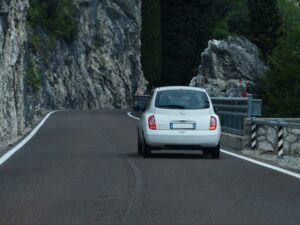As technology continues to evolve at an exponential rate, it has seeped into almost every aspect of our lives, including our beloved automobiles. For automotive enthusiasts, vintage cars hold a special place in their hearts, evoking feelings of nostalgia and a sense of heritage. However, these classic beauties often lack the features and convenience offered by modern vehicles. But what if we could bridge the gap between the old and the new? In this article, we delve into the realm of integrating old car with new technology, preserving the charm of the past while embracing the advancements of today.
Embracing the Past, Enhancing the Future
Old cars, especially those from the ’60s, ’70s, and ’80s, have an irresistible allure. Their timeless designs and mechanical craftsmanship evoke memories of a bygone era. However, in a world filled with touchscreens, advanced driver-assistance systems, and connectivity features, classic car owners often yearn for the convenience and safety of modern technology. Fortunately, automotive enthusiasts and specialized companies have taken up the challenge of marrying the old and the new, giving rise to a burgeoning trend – retrofitting old cars with cutting-edge technology.

Retrofitting Technology: A New Renaissance
Infotainment Upgrades
One of the most sought-after upgrades for classic cars is infotainment systems. Vintage radios and cassette players may have their charm, but they can’t compete with the convenience and entertainment options provided by modern infotainment systems. Companies now offer customizable solutions that blend seamlessly with the car’s original aesthetics, incorporating features such as:
- Touchscreen displays
- GPS navigation
- Bluetooth connectivity
- Smartphone integration
- Streaming services access
These infotainment upgrades let classic car owners enjoy their favorite music, podcasts, and audiobooks while effortlessly navigating through modern roads.
Advanced Connectivity
In the past, cars were standalone machines with no digital connections. Nowadays, cars are rolling data centers, connected to the internet and capable of communicating with other vehicles and infrastructure. To bring classic cars into the digital age, enthusiasts can opt for connectivity solutions that offer:
- Real-time traffic updates
- Remote vehicle monitoring
- Over-the-air updates
- Emergency assistance
This integration ensures that vintage car owners can enjoy a safer and more connected driving experience, without compromising the essence of their beloved vehicles.
Safety Comes First
While classic cars possess an undeniable charm, they often lack the modern safety features that have become standard in contemporary vehicles. Retrofitted technology can address this concern by integrating various safety systems, including:
- Backup cameras
- Blind-spot monitoring
- Adaptive cruise control
- Lane-keeping assist
By carefully integrating these safety features, classic car owners can preserve the original design while enhancing the overall safety and driving experience.
Challenges and Considerations
As tempting as it may be to retrofit an old car with new technology, there are essential considerations and challenges that must be acknowledged:
Authenticity and Originality
Classic car purists are devoted to preserving the authenticity and originality of their vehicles. Introducing modern technology might raise concerns about compromising the historic value of the car. To strike a balance, enthusiasts should consider reversible modifications or use period-correct components wherever possible.
Customization vs. Universality
Each classic car model comes with its unique layout and specifications. Retrofitting technology requires a level of customization to fit the vehicle properly. Finding a universal solution might be challenging, and specialized companies or skilled technicians may be necessary for the installation.
Future-Proofing
While the current technology may be state-of-the-art, the rapid pace of advancement means that it may become obsolete in a few years. Classic car owners should carefully evaluate the longevity and future-proofing of the retrofitting solutions they choose.

Introducing the Innovative Gadget Enhancing Your Car’s Safety and Comfort
Introducing a groundbreaking and unique chip designed to safeguard against relay attacks and prevent signal amplification. This electronic chip boasts user-friendly features, requiring only insertion into the fob to unlock a plethora of benefits. A built-in motion sensor within the Smart Keyless protector automatically deactivates the fob after 3 minutes of inactivity, ensuring optimal security. Moreover, when no movement is detected, the chip disconnects the battery, guaranteeing radio signals are emitted only when needed. Acting as a powerful blocker, this chip stands as the ultimate defence against signal extenders, making it the most effective solution available.
Conclusion
Old car with new technology is a fascinating journey that allows us to experience the best of both worlds. By carefully retrofitting infotainment systems, connectivity solutions, and safety features, classic car enthusiasts can preserve the nostalgia and authenticity of their beloved vehicles while embracing the conveniences of the modern era. Whether you own a vintage muscle car or a classic roadster, the possibilities of reviving nostalgia with new technology are limitless, ushering in a new renaissance for the world of automotive restoration.











